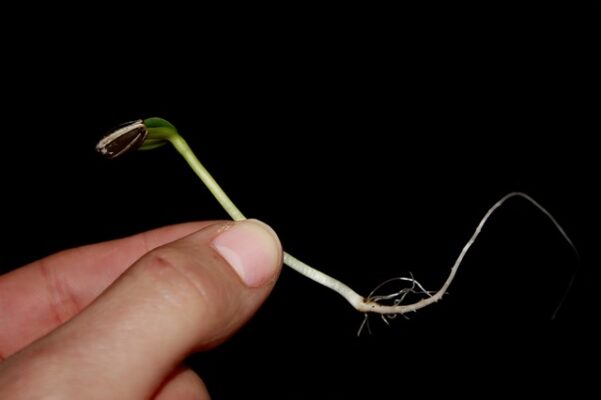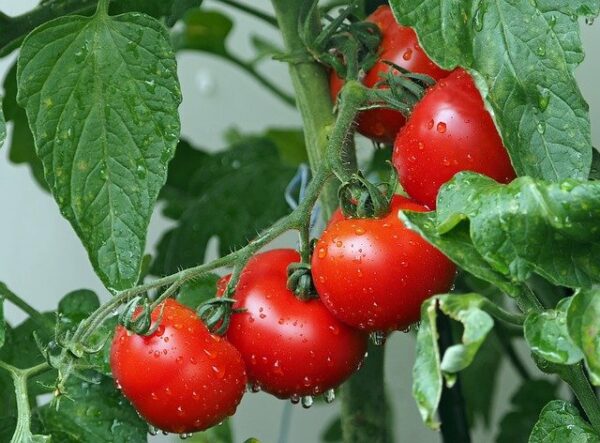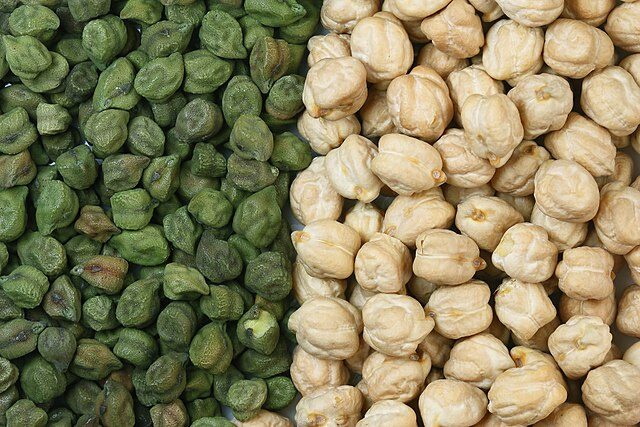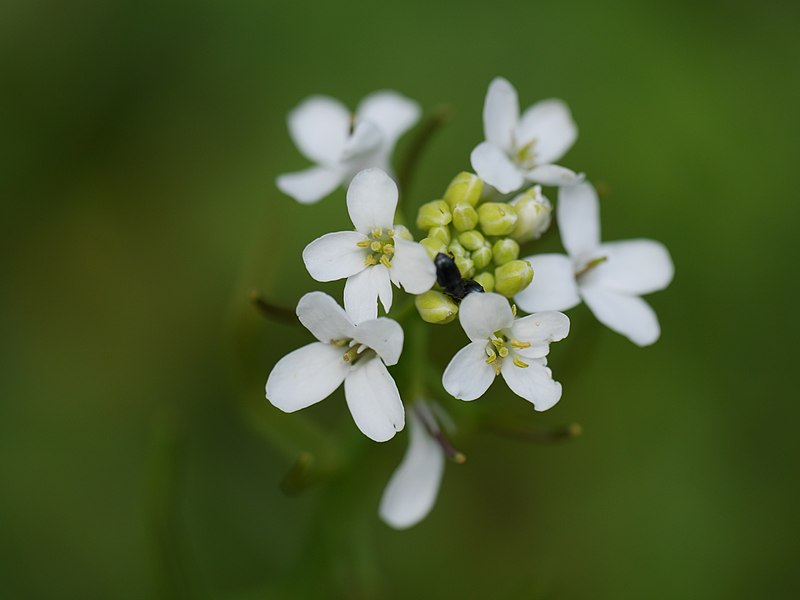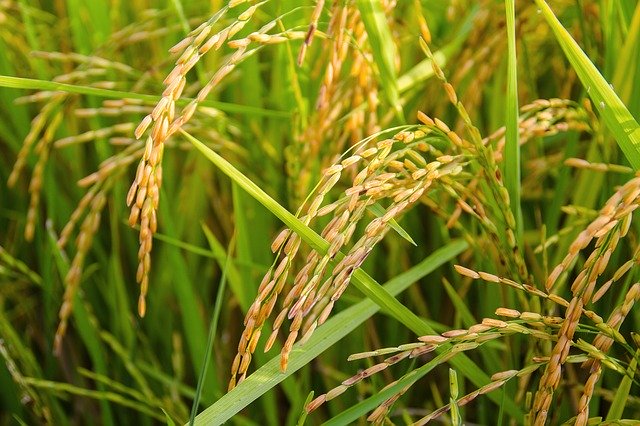
Sub-Saharan Africa’s population continues to grow, with the prediction that the population will double by 2050 and peak by 2100. This poses a challenge in meeting the demand for staple food in a region where self-reliance in cereal production, a…
Read More


